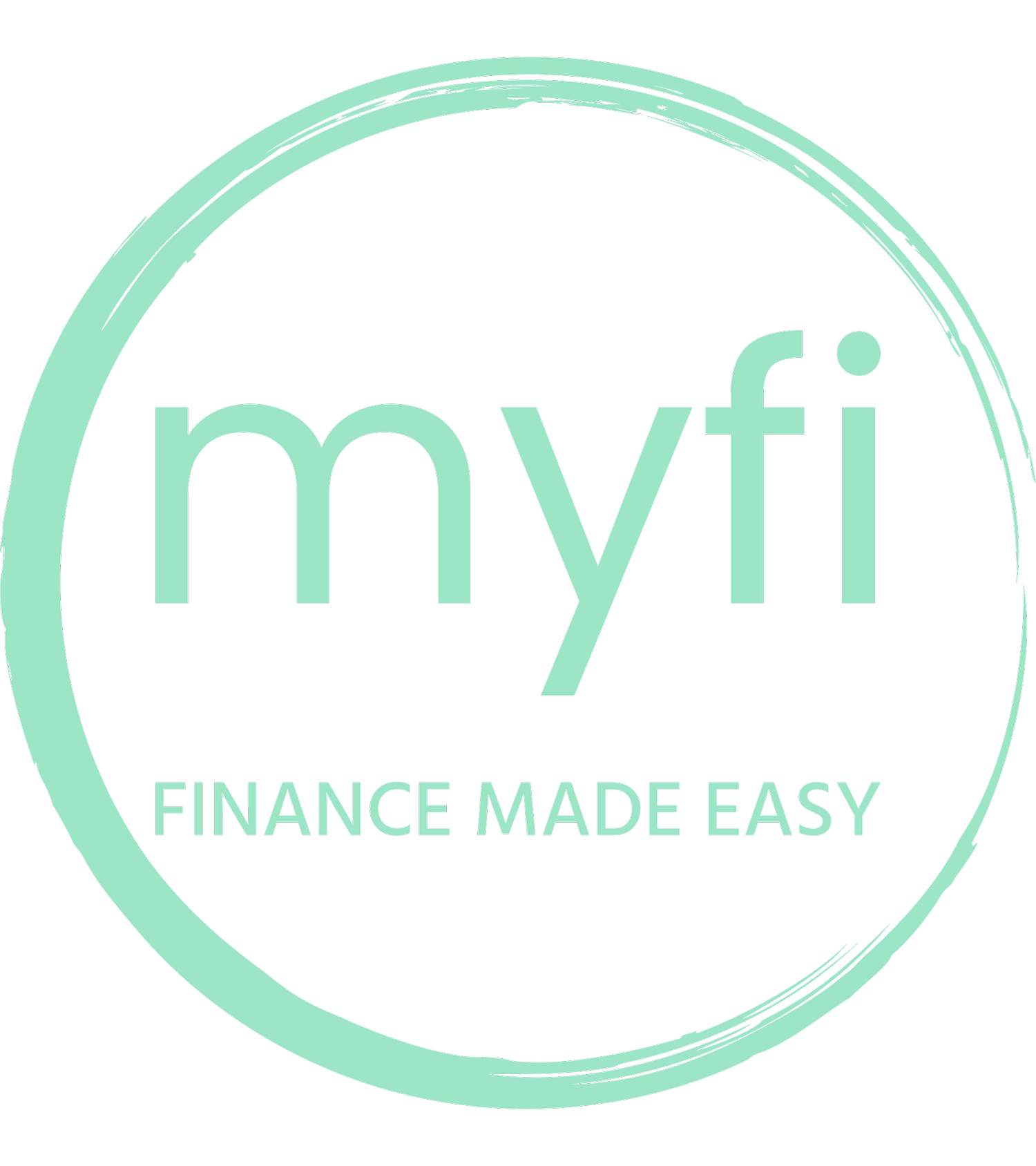How to Complete a Self-Assessment Tax Return
Introduction to how to complete a self-assessment tax returns
Self-assessment tax returns can be a daunting task, but with a little bit of preparation and organization, it can be done efficiently and accurately. This guide will walk you through the process of completing a self-assessment tax return in a professional and approachable manner.
Self-assessment step 1: Gather all necessary documents
Income statements from all sources (wages, self-employment, rental income, etc.)
Expense statements (business expenses, rent, mortgage interest, etc.)
Proof of any charitable donations
Any other relevant documents related to your income and expenses
Self-assessment step 2: Organize your documents
Sort your documents by category (income, expenses, etc.)
Make sure all documents are legible and complete
Keep a copy of all documents for your records
Self-assessment step 3: Register for self-assessment with HM Revenue and Customs (HMRC)
Go to the HMRC website and register for self-assessment
You will need to provide your personal information, including your National Insurance number
Once registered, you will be given a Unique Taxpayer Reference (UTR) number
Self-assessment step 4: Complete the self-assessment tax return form
Use your organized documents to complete the self-assessment tax return form
Make sure to provide accurate and complete information
Double check all calculations and make sure they are correct
Self-assessment step 5: Submit the self-assessment tax return
Submit your self-assessment tax return to HMRC either online or by mail
Make sure to keep a copy of the tax return for your records
Self-assessment step 6: Pay any taxes owed
If you owe taxes, make sure to pay them on time to avoid penalties and interest
Concluding on to how to complete a self-assessment tax returns
Completing a self-assessment tax return can seem like a daunting task, but with a little bit of preparation and organization, it can be done efficiently and accurately. By gathering all necessary documents, organizing them, registering for self-assessment, completing the form, submitting it and paying any taxes owed, you can ensure that your self-assessment tax return is completed in a professional and approachable manner. Remember to keep a copy of all documents and the completed tax return for your records.
